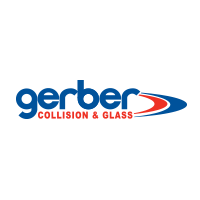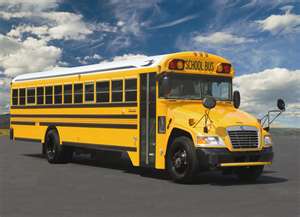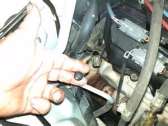 How road rage can affect car insurance rates
How road rage can affect car insurance rates
Road rage is regrettable, you know that. What you might not know is that both succumbing to and avoiding road rage can impact what you pay for car insurance. We’re here to explain — and even give a few tips on finding your inner Zen the next time someone cuts you off.
A rapid road-rage review
For that first driver in existence, nothing was more relaxing than a drive through the countryside. But along with the inevitable second driver came traffic, accidents, stress — and road rage. Though this phenomenon probably isn’t new to you, it helps to review.
According to the National Highway Traffic Safety Administration, road rage is subtly different from aggressive driving. Aggressive driving violates traffic laws, whereas road rage involves more serious criminal actions that knowingly endanger other drivers and passengers. Running a red light to make a date is aggressive driving — running that light to tailgate a car you think cut you off is road rage.
The AAA Foundation for Traffic Safety places aggressive tailgating, headlight flashing, and deliberately blocking other cars among the most frequent expressions of road rage.
How road rage can impact your premium
The primary reasons to avoid road rage are safety and general decency. A little further down the list is controlling what you pay for car insurance.
Because your car insurance rate is partly determined by your driving history, a road-rage incident, when it shows up on your record as a criminal offense, is a serious red flag. Insurers may charge more for the policy to cover the added risk posed by a driver with any kind of criminal driving history.
Road ragers may also have difficulty getting full payouts for their car’s damages. Most insurers restrict coverage for deliberate or reckless actslike road rage.
On the flip side, drivers who abstain from road rage will probably have a better shot at avoiding needless accidents.
How to avoid road rage (with advice that’s sage)
There’s a lot of well-worn guidance on road rage: don’t retaliate, don’t take it personally, get plenty of sleep, etc. While valid, you’ve probably heard it all before.
So here are a few pointers you may not have considered to help keep aggressive drivers at bay and stop you from becoming one yourself.
- Leave space to pull around the car in front of you. Seems simple, but in heavy traffic, people tend to drive bumper-to-bumper. Leaving some wiggle room can reduce vulnerability if the driver in front of you gets aggressive.
- Ease your grip on the wheel. All that churning of the steering wheel, according to the AAA Foundation for Traffic Safety, can cause headaches, making a bad situation worse.
- Crank some tunes, not the engine. Instead of listening to your own muttering, try listening to music as it can help keep you calm.
Source: http://www.esurance.com/safety/road-rage





 Driving in inclement weather is not fun. It can become dangerous very quickly. Heavy winds and sideways rain can move your vehicle all over the road. Throw in some lightning and you’ve got a mess on your hands. Gerber Collision and Glass want to go over a few crucial details everyone should know when faced with rough weather behind the wheel.
Driving in inclement weather is not fun. It can become dangerous very quickly. Heavy winds and sideways rain can move your vehicle all over the road. Throw in some lightning and you’ve got a mess on your hands. Gerber Collision and Glass want to go over a few crucial details everyone should know when faced with rough weather behind the wheel.













